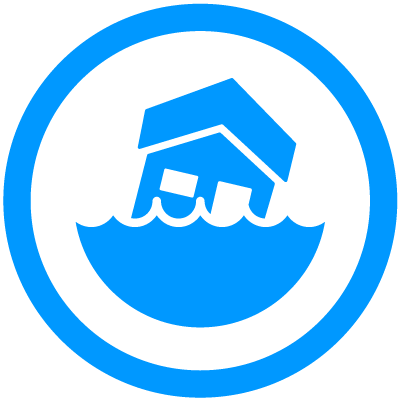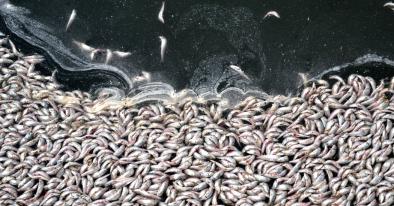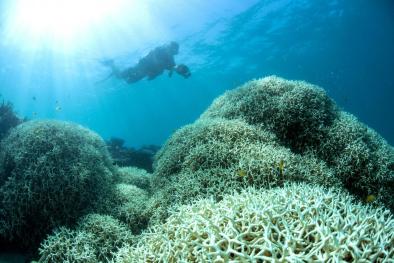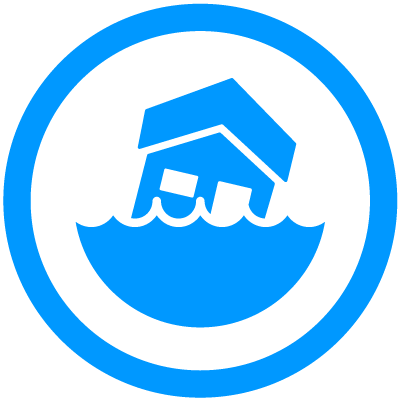

Thermal Expansion of the Ocean
As the ocean warms, the density increases causing the water to expand in volume. Thermal ocean expansion is one of the major contributors to sea level changes during the 20th and 21st centuries. Salinity changes within the ocean also have a significant impact on the local density and thus local sea level, but have little effect on global average sea level change.
Read MoreDec 9, 2019 | The New York Times
World’s Oceans Are Losing Oxygen Rapidly, Study Finds

Mar 13, 2017 | Washington Post
The world’s oceans are storing up staggering amounts of heat — and it’s even more than we thought

Feb 6, 2020 | Intergovernmental Panel on Climate Change
Special Report on the Ocean and Cryosphere in a Changing Climate
Jan 11, 2019 | Science
How fast are the oceans warming?
Nov 5, 2018 | Nature
Quantification of ocean heat uptake from changes in atmospheric O2 and CO2 composition
Earth Systems Signals
Global warming is causing widespread and rapid changes in the atmosphere, ocean, cryosphere and biosphere.
Heat Signals
The Earth is getting hotter due to human activities that release heat-trapping gases into the atmosphere.
Drought Signals
Climate change is making droughts more likely to occur, and more severe when they do.
Wildfires Signals
Climate change is increasing the size, frequency, intensity and seasonality of wildfires.
Hurricanes Signals
Warmer temperatures increase the rate of water evaporation, which feeds moisture and energy into storms.
Floods Signals
Worsening floods due to climate change are putting a growing number of communities at risk.








